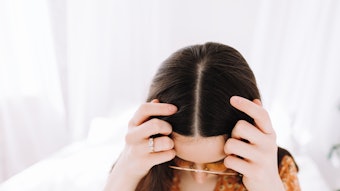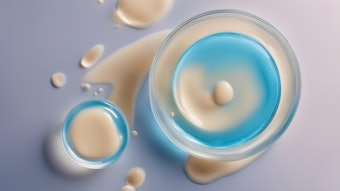Defining Well-being
Quality of life (QOL), also known as well-being, is measured most often by political or social groups to determine the economic state of a targeted population. The World Health Organization defines health as a combination of physical, mental and social well-being. Personal care efficacy tests are known to test the physical effects or toxicity of products, often omitting more abstract and possibly equally as important factors such as well-being.
Many professionals in the spa industry maintain that certain treatments and products can affect not only physical characteristics but also the consumer’s well-being. Some individuals in the personal care industry agree; however, debate exists in the industry as to whether there are ways to test well-being.
The Demscan Group believes that the physical and mental effects of products are intertwined and that both are necessary to create a complete package, in turn providing the most effective products. The company has developed two QOL scales that measure the well-being effects of personal care products on consumers. Anne Sirvent, scientific communications and R&D manager for the company, believes that testing well-being is necessary to launch a product into global success.
Why Test Well-being?
The company’s notion of testing the effects of personal care products on well-being initially came from observing the impact of well-being on diseases and disfigurations.
“It has been demonstrated that when individuals with disfigurations or skin disorders use camouflage cosmetics, they become more confident, which increases their well-being and eventually improves their health,” said Sirvent.
While Sirvent concedes that efficacy testing must be performed on cosmetic products, she notes that the way the products make consumers feel ultimately persuades them to continue using the products. Sirvent and her team saw a drastic increase in the number of personal care products launched in the mass market claiming to promote relaxing and energizing feelings and decided that this increase necessitated some type of test to substantiate the claims of such products.
“People often talk about the impact of cosmetics on the quality of life. This was first communicated in relation to acne and dermatitis for medical means, but no one had evaluated the well-being effects of products used to diminish wrinkles or cellulite,” added Sirvent.
QOL Scales
Currently, the company’s two types of well-being tests are the Brief Mood Introspection Scale (BMIS) and the Well-being Manifestation Measure Scale (WBMMS). These two tests involve different time periods of effect.
“BMIS is dedicated to immediate well-being,” explained Sirvent. “It evaluates the mood of the consumer, evaluating the short-term effect of a product such as a perfume or a facial treatment. The BMIS researches how a person feels before and after a treatment, or the product’s perceived efficacy,” explained Sirvent.
She further clarified that the WBMMS evaluates the long-term effects such as mood and confidence in a product claiming to improve skin issues such as wrinkles or cellulite. It involves six dimensions such as self-esteem, balance, social engagement, happiness, sociability, self-control and control of events.
Both tests ask different sets of questions. For example, the BMIS requires participants to evaluate the intensity level of certain feelings. Subjects choose phrases such as: “definitely do not feel,” “do not feel,” “slightly feel,” and “definitely feel” to evaluate a product’s effect on mood adjectives such as peppy, grouchy, drowsy, loving, tired, content and jittery. The WBMMS, however, involves more in-depth questions that ask participants to rate the frequency of psychological experiences such as “I had confidence,” “I felt useful,” “I felt emotionally balanced,” and “I smiled easily”; matching them with the phrases “never,” “rarely,” “sometimes,” “frequently” and “almost always.”
A Complementary Approach
Well-being testing differs depending on geographical location, according to Sirvent. “You can’t just use a questionnaire developed in the United States and translate it; you must develop a questionnaire for each location and develop it to that culture and location,” said Sirvent, who added that after a questionnaire is developed for a specific country, it must be validated by a linguist.
The company recommends that the QOL scales be used to complement physical efficacy testing.
“We conduct physical well-being testing such as testing skin microcirculation to evaluate relaxation. Quality of life tests go beyond clinical testing. They are complementary approaches to clinical evaluations,” said Sirvent.










